As poverty has been one of the most crucial threats since Independence (other being ever growing population),a frontal attack on this curse has been attempted coinciding with introduction of Community Development Blocks in the early Fifties. A plethora of schemes saw the light of the day but almost all of them followed an individual focused approach. Millions of Rupees have been doled out to the identified beneficiaries in form of loan or loan with subsidy. Owing to consistent faults in the method of identification, many a time, the beneficiaries of poverty alleviation schemes would land up returning the loan component to the bank sooner than expected while the subsidy would be spent on non-essential expenditures. Even the employment generation schemes aimed at minimum income apart from creation of some durable community assets, would result into dis-satisfaction, if not disaster.
Gradually for almost a decade or so, the focus has got shifted from individual centred to group centred approach. It has led to sanction of schemes to the Self Help Groups (SHG) in the crucial sectors of human development. Apart from having more checks and balances and a certain responsibility on the part of group members, it has led to sharing of experiences and learning from each other, development of habit of saving (thrift) and a certain movement towards empowerment of women who have to take up financial responsibility in the limited income families, in addition to producing children, educating them and finally bringing them up.
In the new scenario, especially under the World Bank financed schemes in ten States, the responsibility does not get over upon giving minimum monetary support. Also, these schemes initiated over a decade ago in Andhra Pradesh, Tamil Nadu and M.P.assume that every person,however, poor he/she may be, has some source of livelihood. The spirit of interventions, therefore, should be on promotion of such livelihood.
How Does SHG approach work?
To begin with, ten to twelve men or women on being convinced by a Community Resource Person (CRP) decide to form a SHG. In their first meeting every member contributes his/her saving of Rs.10/15 each to the group fund. When interest develops subsequently by sharing each other’s experience, the periodicity of such meetings becomes twice a week. Minutes and proceedings are to be kept well together with in-loaning and out-loaning activities out of group fund. Soon, one of the members assumes the role of Secretary of SHG or a Secretary is hired on a paltry sum. She is free to work for other SHG’s also. As a result of discussion with and guidance from CRP’s, the nearest commercial Bank is approached for opening group’s account and providing credit link to the short-listed and viable income generating activities. The grant from the State Livelihood Promotion Society (SLPS) through its District and Block offices, thereafter enters the picture. A group of 15-20 SHG’s form a Village Organisation (VO) soon and over a period of time, 25-30 V.O.’s are encouraged to form the Community Level Clusters (CLC). In the event of further acceleration of economic activities, Producers Organisations (P.O.)are also set up.Apart from giving second or third dose of finance, the SLPS also arranges skill development training and market linkage for the produce of SHG’s and V.O.’s.
Replication of such efforts is a hallmark of the scheme. That is why during a recent interaction in Bihar Secretariat, one was informed that the CRP’s from A.P. came to identified three Districts of Bihar in 2007 and now the trained and experienced CRP’s of Bihar are training determined lots of such a project in Rajasthan and Jharkhand.
The JEEVIKA BLPS Project having objectives, such as, creating self managed community institutions, enhancement of income through sustainable livelihoods and increasing access to social protection, including food security, initially launched pilot projects in 22 villages across 5 Blocks in September, 2006. Subsequently, it was started in 18 Blocks across 6 Districts. On getting encouraging signals, it was further extended to 22 more Blocks.
The project has been reported to be successful in formation of 1,17,000 SHG’s, 6420 Village Organisations and 145 Cluster Level Federations. It has its noticeable presence in 20% of the villages (9,200 out of a total of 44,874) through 20,000 trained Community Resource Persons,102 Public Distribution Centres(PDC’s) ensuring effective food security and 369 Bank Mitras. On the financial front, Rs.62 Crores of saving has been mobilized by the community leading to a credit link of Rs.307 Crores leveraged from the commercial banks. According to the effective CEO of JEEVIKA, all this has resulted into an investment of Rs 425 Crores in the community institutions.
The decision to bring the whole of State under the ambit of project to cater to 1.5 Crore rural households in 38 Districts under the presumed pressure from the Ministry of Rural Development , Govt. of India in the name of NRLM, is too sudden a deviation. It may either boomerang or result into a certain duplication of efforts sincerely made for livelihood enhancement, food security and vulnerability reduction. Also women who were on path of empowerment by getting liberated from the age old and oft repeated shackles of patriarchy, may receive the setbacks,they do not deserve.
Gradually for almost a decade or so, the focus has got shifted from individual centred to group centred approach. It has led to sanction of schemes to the Self Help Groups (SHG) in the crucial sectors of human development. Apart from having more checks and balances and a certain responsibility on the part of group members, it has led to sharing of experiences and learning from each other, development of habit of saving (thrift) and a certain movement towards empowerment of women who have to take up financial responsibility in the limited income families, in addition to producing children, educating them and finally bringing them up.
In the new scenario, especially under the World Bank financed schemes in ten States, the responsibility does not get over upon giving minimum monetary support. Also, these schemes initiated over a decade ago in Andhra Pradesh, Tamil Nadu and M.P.assume that every person,however, poor he/she may be, has some source of livelihood. The spirit of interventions, therefore, should be on promotion of such livelihood.
How Does SHG approach work?
To begin with, ten to twelve men or women on being convinced by a Community Resource Person (CRP) decide to form a SHG. In their first meeting every member contributes his/her saving of Rs.10/15 each to the group fund. When interest develops subsequently by sharing each other’s experience, the periodicity of such meetings becomes twice a week. Minutes and proceedings are to be kept well together with in-loaning and out-loaning activities out of group fund. Soon, one of the members assumes the role of Secretary of SHG or a Secretary is hired on a paltry sum. She is free to work for other SHG’s also. As a result of discussion with and guidance from CRP’s, the nearest commercial Bank is approached for opening group’s account and providing credit link to the short-listed and viable income generating activities. The grant from the State Livelihood Promotion Society (SLPS) through its District and Block offices, thereafter enters the picture. A group of 15-20 SHG’s form a Village Organisation (VO) soon and over a period of time, 25-30 V.O.’s are encouraged to form the Community Level Clusters (CLC). In the event of further acceleration of economic activities, Producers Organisations (P.O.)are also set up.Apart from giving second or third dose of finance, the SLPS also arranges skill development training and market linkage for the produce of SHG’s and V.O.’s.
Replication of such efforts is a hallmark of the scheme. That is why during a recent interaction in Bihar Secretariat, one was informed that the CRP’s from A.P. came to identified three Districts of Bihar in 2007 and now the trained and experienced CRP’s of Bihar are training determined lots of such a project in Rajasthan and Jharkhand.
The JEEVIKA BLPS Project having objectives, such as, creating self managed community institutions, enhancement of income through sustainable livelihoods and increasing access to social protection, including food security, initially launched pilot projects in 22 villages across 5 Blocks in September, 2006. Subsequently, it was started in 18 Blocks across 6 Districts. On getting encouraging signals, it was further extended to 22 more Blocks.
The project has been reported to be successful in formation of 1,17,000 SHG’s, 6420 Village Organisations and 145 Cluster Level Federations. It has its noticeable presence in 20% of the villages (9,200 out of a total of 44,874) through 20,000 trained Community Resource Persons,102 Public Distribution Centres(PDC’s) ensuring effective food security and 369 Bank Mitras. On the financial front, Rs.62 Crores of saving has been mobilized by the community leading to a credit link of Rs.307 Crores leveraged from the commercial banks. According to the effective CEO of JEEVIKA, all this has resulted into an investment of Rs 425 Crores in the community institutions.
The decision to bring the whole of State under the ambit of project to cater to 1.5 Crore rural households in 38 Districts under the presumed pressure from the Ministry of Rural Development , Govt. of India in the name of NRLM, is too sudden a deviation. It may either boomerang or result into a certain duplication of efforts sincerely made for livelihood enhancement, food security and vulnerability reduction. Also women who were on path of empowerment by getting liberated from the age old and oft repeated shackles of patriarchy, may receive the setbacks,they do not deserve.


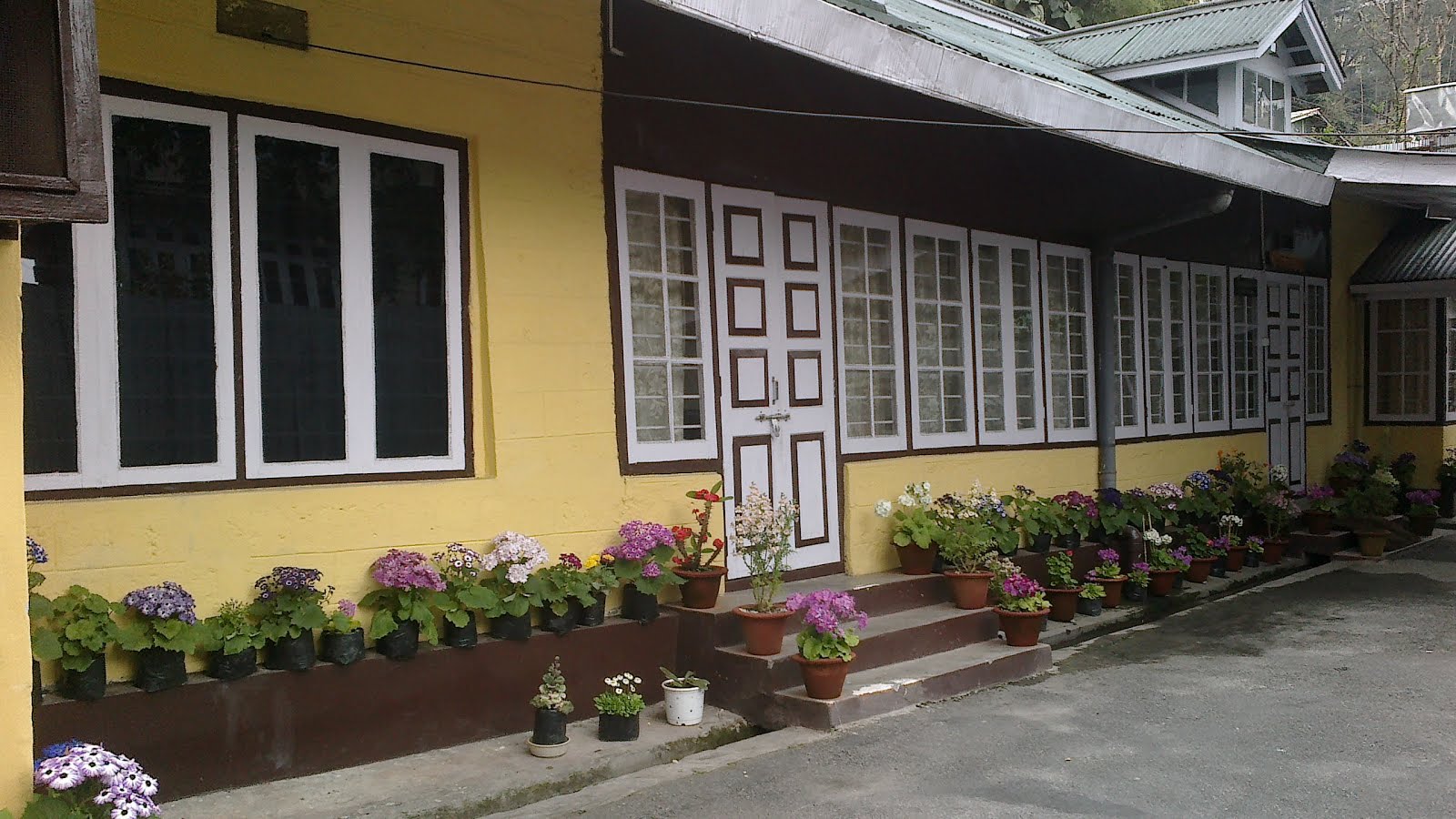







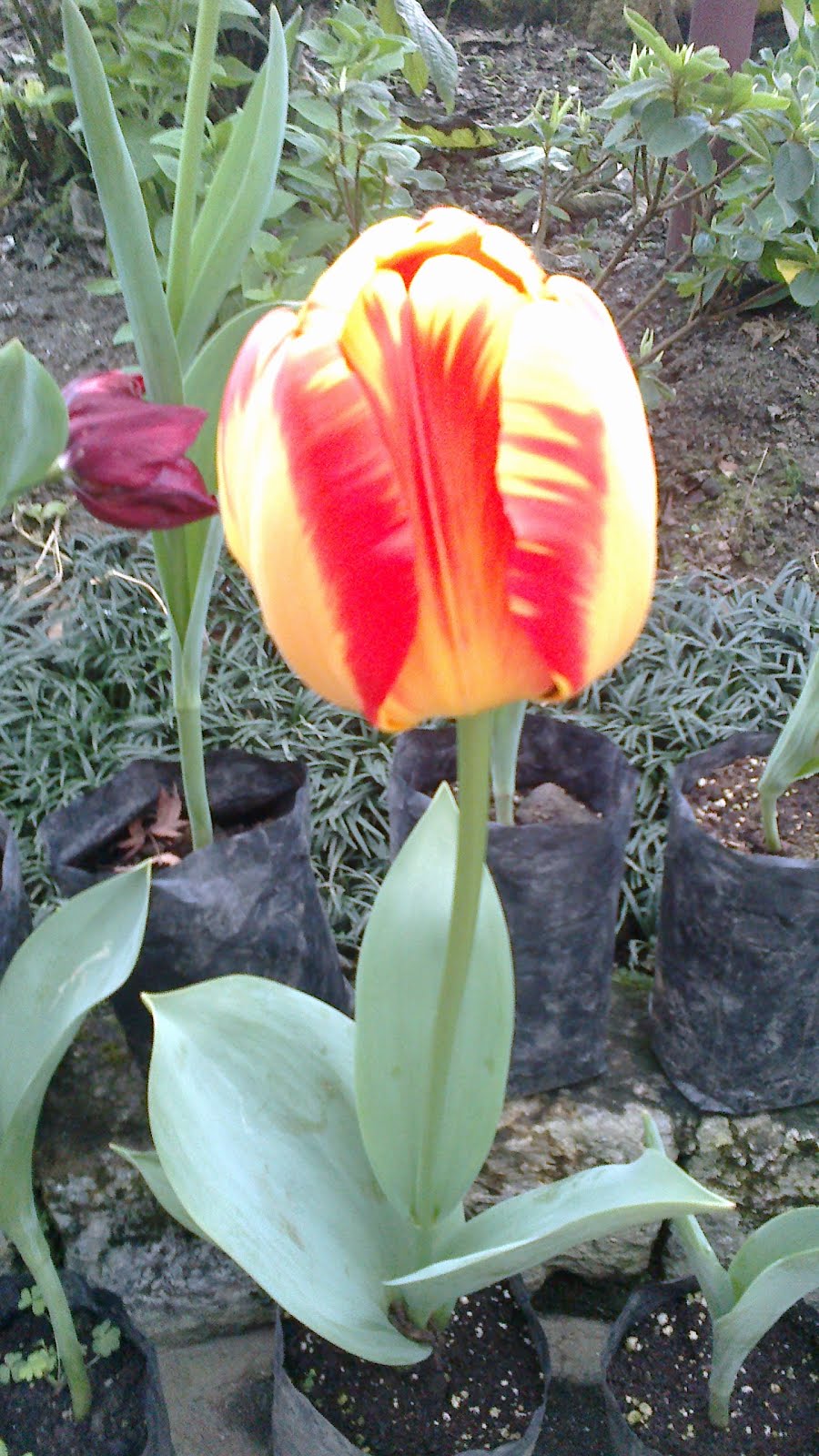
















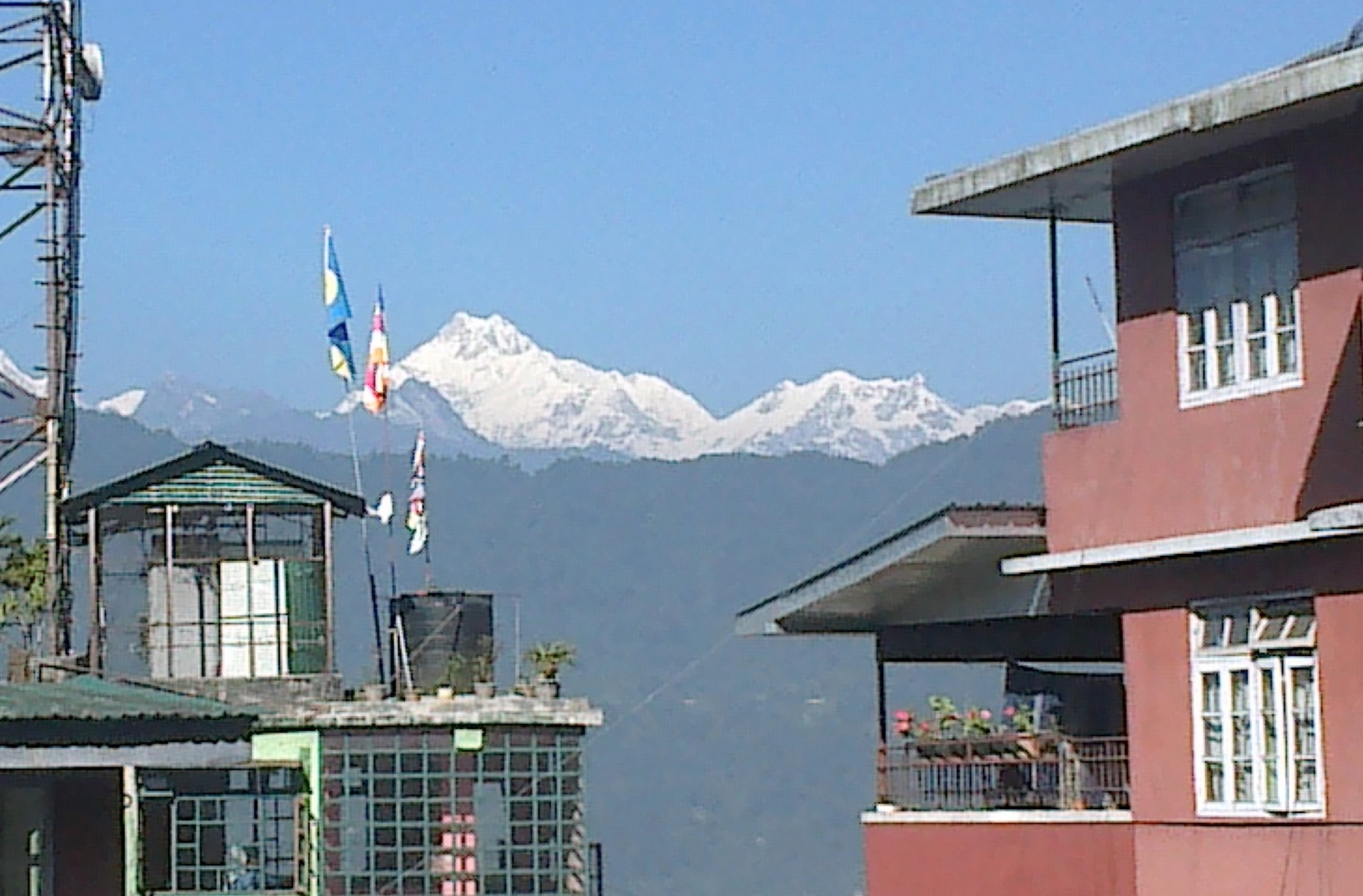


























































































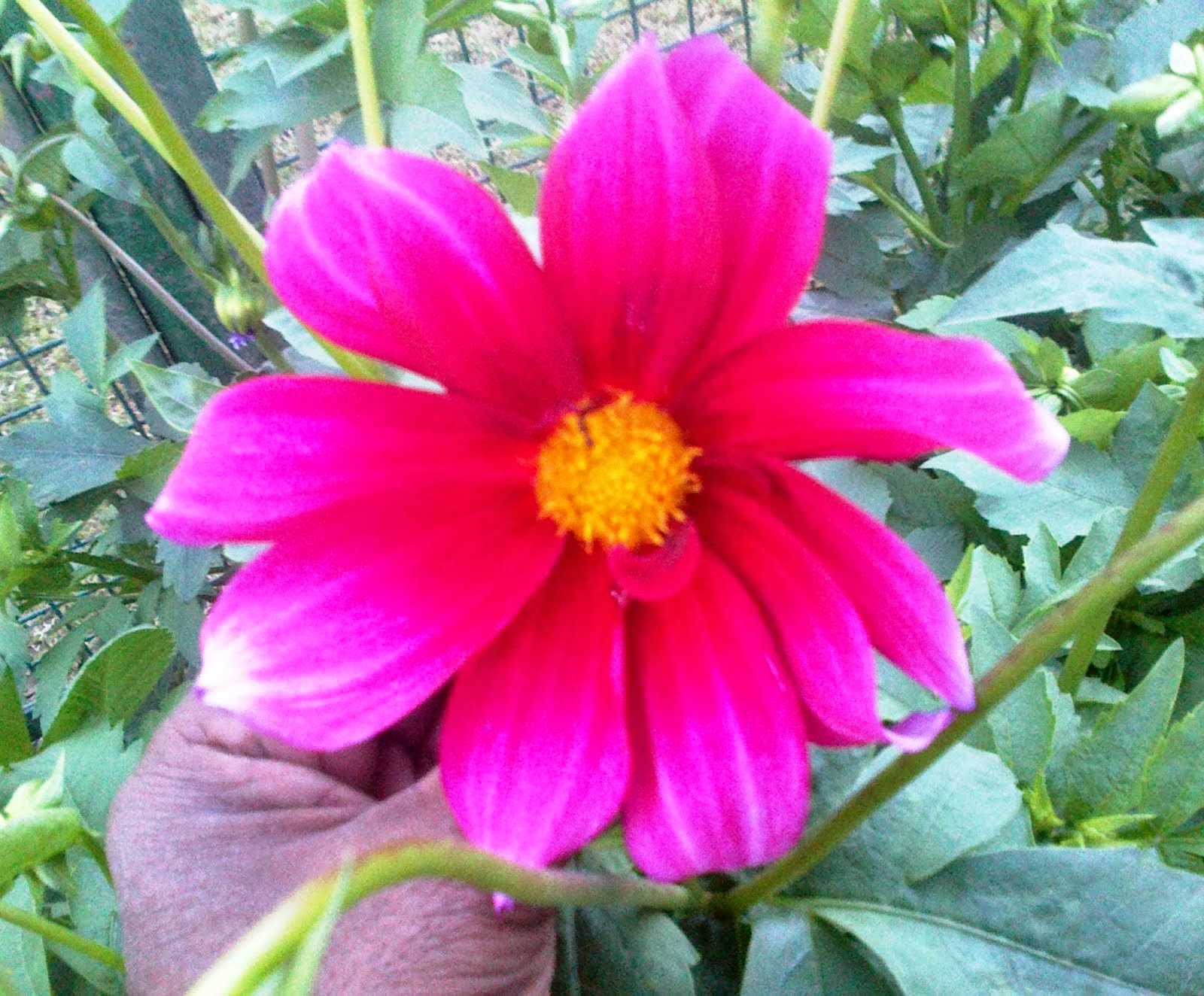
























































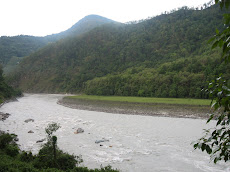
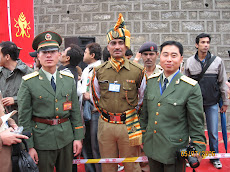
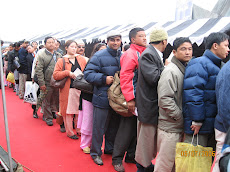
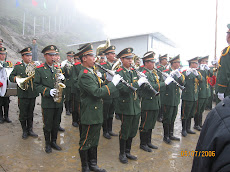


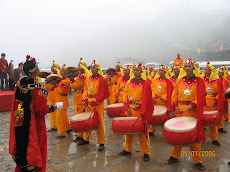
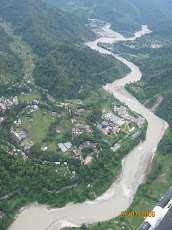




















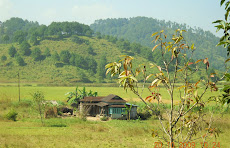
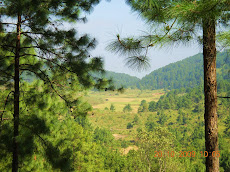








.jpg)



















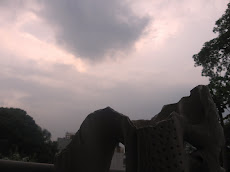

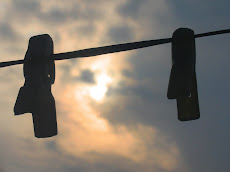
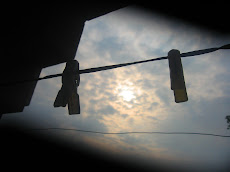








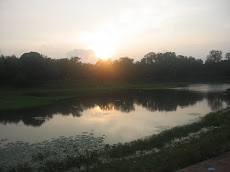
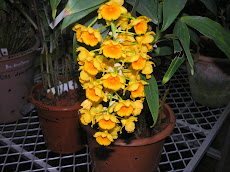
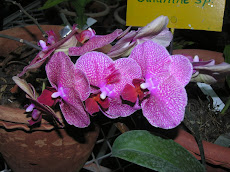

























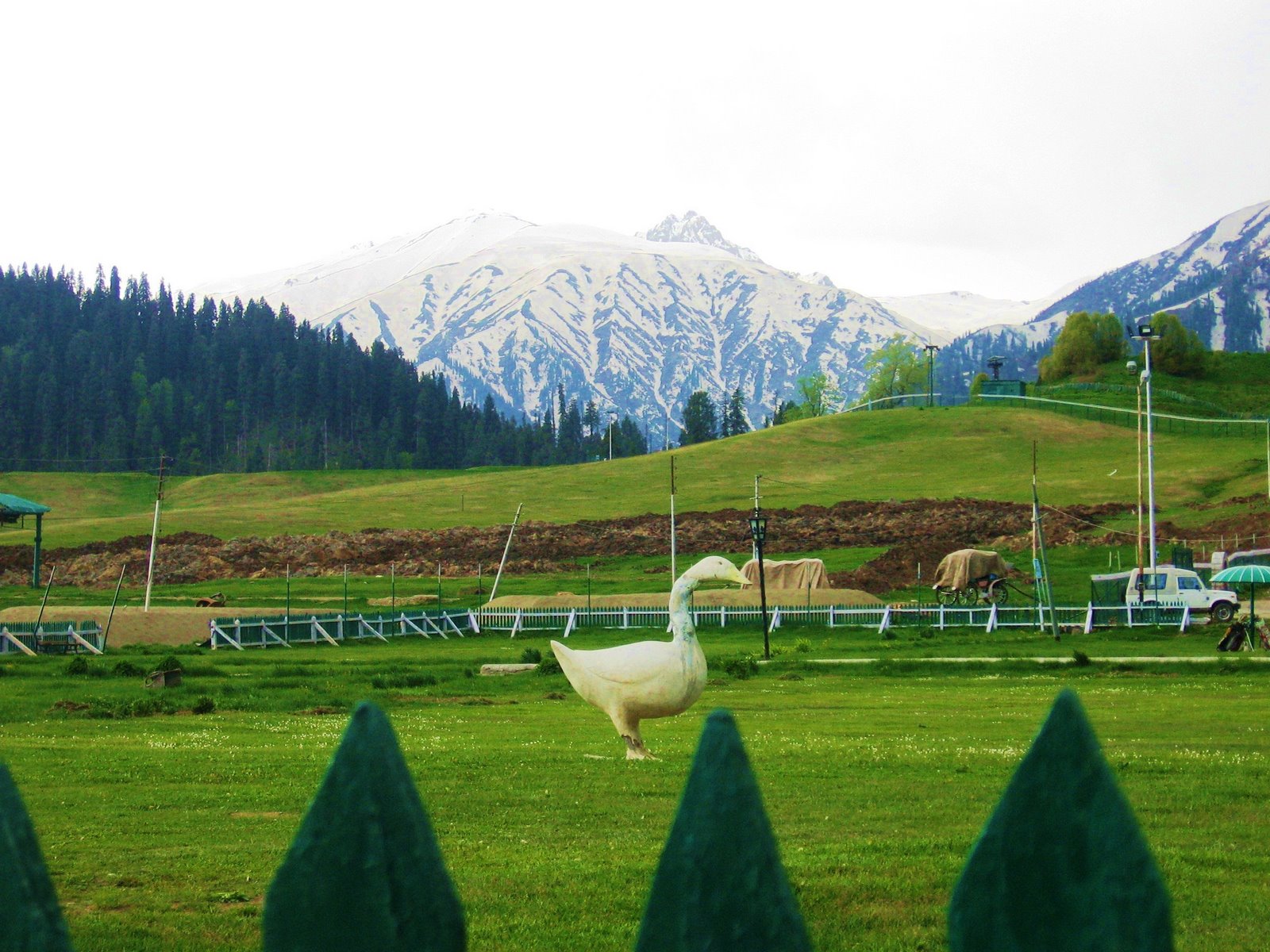
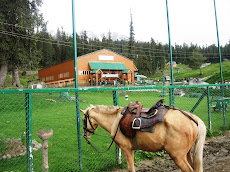
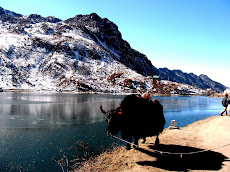












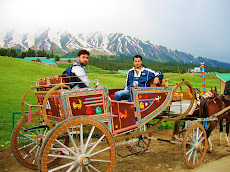













No comments:
Post a Comment